Mark Cerny, the PlayStation 5’s lead architect, has just led a presentation about the much-anticipated upgrade to Sony’s beloved console – the PS5 Pro. We’ve broken down the 10-minute presentation that you can view here, to center on the juicy bits and see if it’s for you.
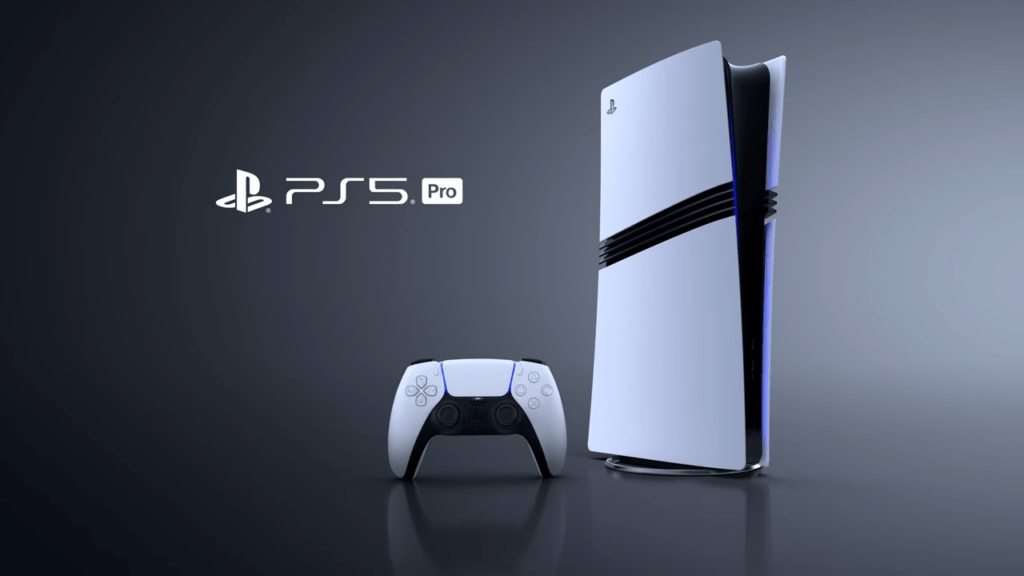
Graphical Fidelity Or Performance? Why Not Both?

The main point of the presentation boils down to this – when most PS5 users are given a choice, a majority of them choose to put their Graphics Mode on “performance” rather than fidelity, valuing a smoother gameplay experience. This is because picking “fidelity” often caps the game at a maximum of 30 frames per second (FPS). This creates a lose-lose situation: players would miss out on the rich, finer graphical details of the worlds they are playing on, and in effect, the hard work the developers put in to create those goes down the drain as well.
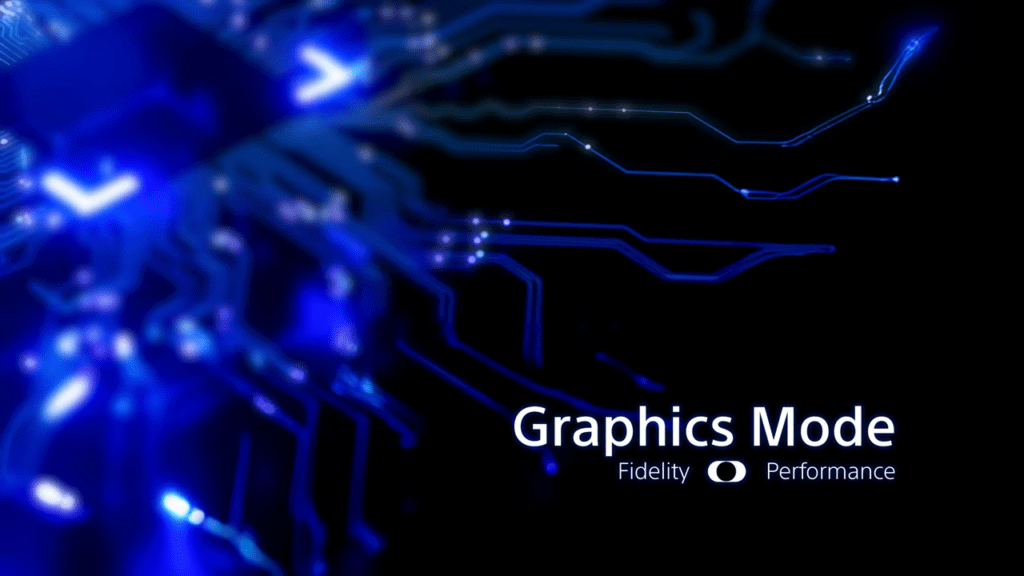
This is what the PS5 Pro aims to solve – being able to deliver the stunning graphics that the system is capable of and present each game as intended without compromising on performance. As an example, multiple games are presented with the intended results – rich graphical fidelity at 60 FPS.
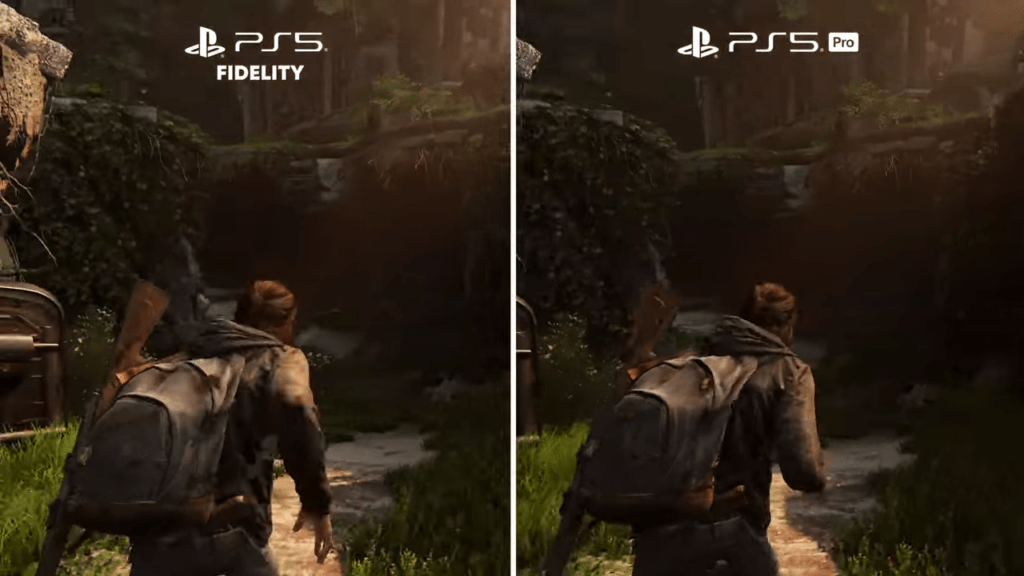
To accomplish this, Cerny cites the three main pillars of the PS5 Pro – a larger Graphics Processing Unit (GPU), Advanced Raytracing, and an AI-driven upscaling component called the PlayStation Spectral Super Resolution (or the PSSR).

The larger GPU is just that – a better GPU with more Compute Units and faster RAM that results in a rendering time twice as fast as that of the PS5. In practice, this would mean that everything in-game gets processed faster, so we get fewer load times, smoother gameplay, more stuff happening on the screen simultaneously, etc.
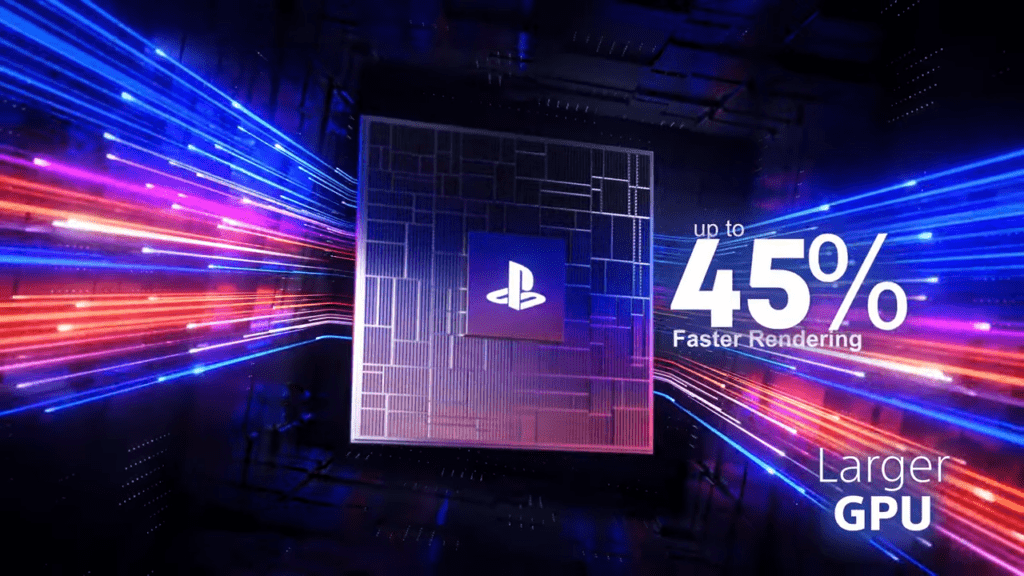
Ray Tracing has much to do with the realism of most modern titles, as it’s the technology that affects illumination, particularly when it comes to reflections on water or glass. The PS5 Pro streamlines and accelerates this process further, which results in calculation speeds twice or thrice that of the PS5. In simple terms, this loads the pretty stuff faster and in a way that won’t affect our precious FPS.
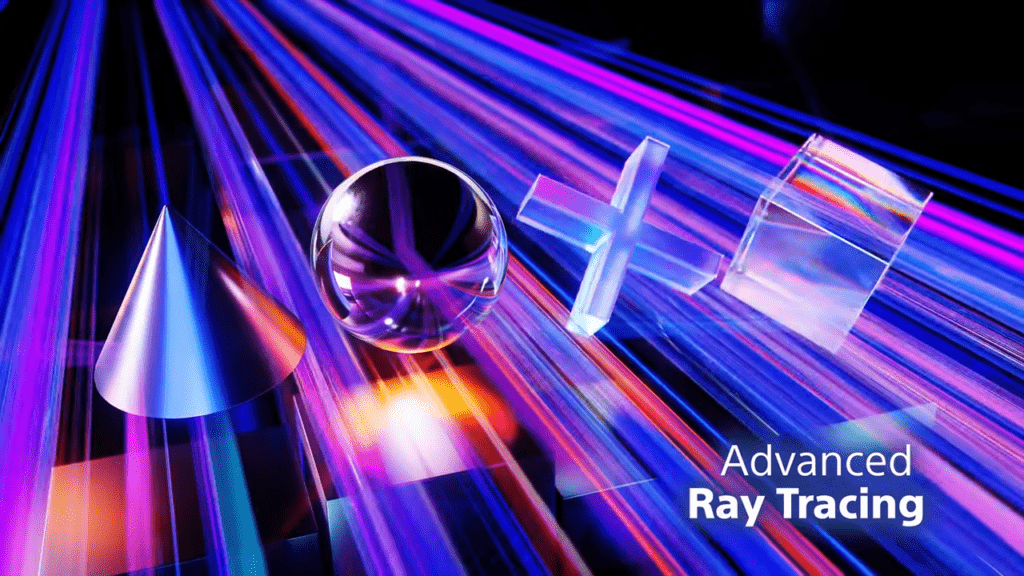
Finally, we have the PSSR, a system that analyzes games on a pixel level and adds more details to it, which benefits games that are played in higher resolutions.
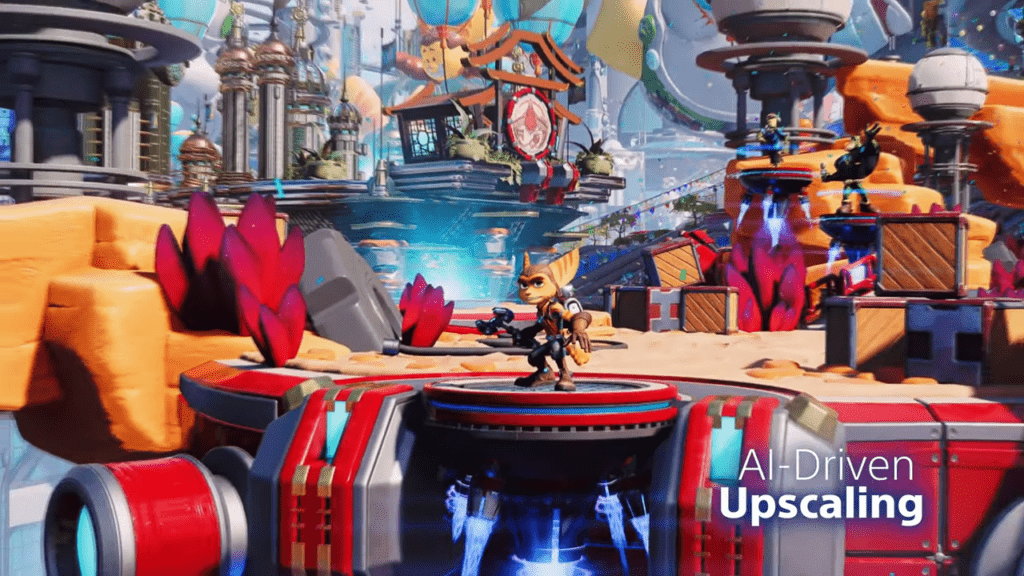
So When Can I Get One And How Much?
The PS5 Pro is set to release on November 7, 2024 at $700 (or around PHP 40,000), so we still have ample time to save up, or think twice about purchasing one.
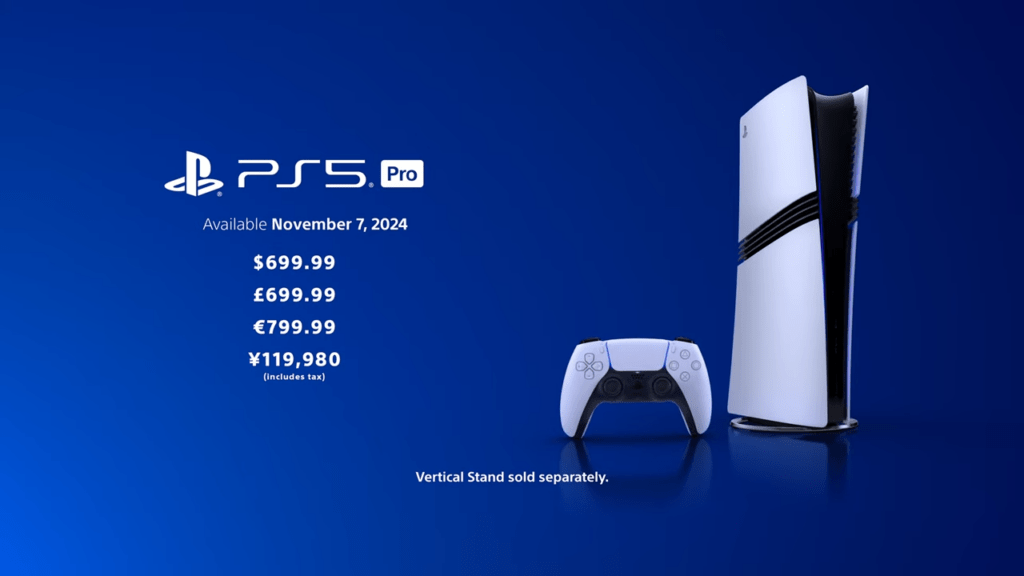
But Should You Get One?
Finally, we arrive at the big question. This is easier to answer if you don’t have a PS5 yet – get one if you can afford it. Based on Sony’s release history, the next iteration of the PS5 or PS5 Pro would be to make it slimmer, which isn’t much of a difference unless you carry the thing around frequently. They could possibly release a beefier, more capable system like, I dunno, PS5 Pro Plus or something, but at that point, maybe it’s already too much power.

For PS5 owners, it largely depends on how satisfied you are with its performance. If you want more graphical detail at faster frame rates, the PS5 Pro is right up your alley. On the other hand, if you’re already okay with either of the PS5’s graphic modes, then there’s little reason to upgrade.
We have a couple more months to decide.
While we wait for the PS5 Pro to arrive, how about checking our article regarding video game difficulty?





